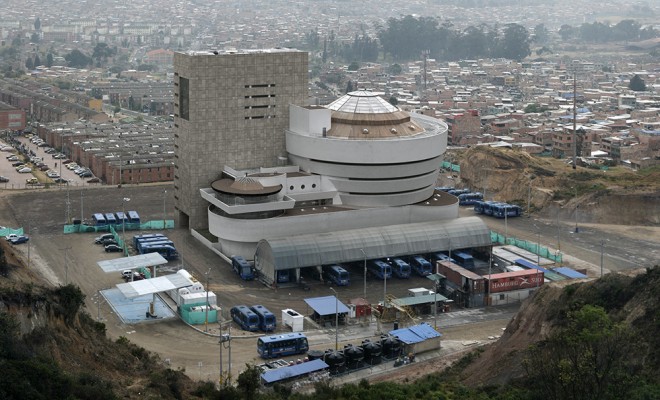 Photography: Victor Enrich
Photography: Victor Enrich
Guggenheim museum in… Bogota?
Photographer and artist Victor Enrich presents his latest photographic project, entitled as “Rafel Uribe Uribe Existe”. The series of photographs depict Guggenheim Museum of New York, inserted in a town few kilometers south of Bogota, Colombia. With this unusual manipulation, Victor seeks to explore the vast urban territory, which seems to have no identity at first look. Influenced by a confrontation between rural colombian environment and the influence of western world exerciced on people living in this place, Victor aims to trigger the self-awareness of local citizens. He affirms that the sense of self-awareness and identity is vital for every society aiming to survive. For this reason, in order to charge territory with certain energy, he chooses a “powerful symbol”. But why the Guggenheim Museum?
With project “Rafael Uribe Uribe Existe”, you continue combining incongruous elements, inserting objects into places which seemingly do not fit for them. Why did you choose to contrast exactly these two objects: a town near Bogota and Guggenheim Museum of New York?
The selection of the tow Rafael Uribe Uribe comes from an invitation to visit it during the last Bogotá Photographic Biennale, in April 2015. As a guest artist, I was asked to show my photographic works to some kids, who were at school. This school was located at Rafael Uribe Uribe. Prior to the visit, I was warned by the organizers of the Biennale of how dangerous the city was going to be, so somehow, they prepared me for the worst. Once down there, I found out that there’s a lot of myth around this slum. In the end, nothing happened neither to me nor the rest of the crew who was accompanying me. To the contrary, I left the place with a sweet feeling of having met really wonderful people. Weeks later, when I came back to Barcelona, the memories from that day in Rafael Uribe Uribe grew stronger as part of my best experiences during the Biennale, so I thought it was worth to work on it.
On the other hand, picking up the Guggenheim Museum responds to several aspects. First of all, the city of New York, as the capital of the world and one of the capitals of western culture, continuously interferes in my imaginary, so it’s hard to get rid of it. The influence that its architecture has on me is stronger than any other one, however, last time I worked on it was in 2005. I thought that now was the perfect time, since I wanted to symbolize how a stranger moves around a new place. The Guggenheim has several particularities. First of all, it’s not a very big structure, compared to some skyscrapers, so it’s easy to insert in a place where the general scale of the buildings is much smaller to that of New York. Second of all, it’s painted in white, which helped me to get a clear silhouette surrounded by brown brick layers. And third, I chose it because it’s one of the clearest examples of how culture is managed in the North, mostly thanks to private donations, compared to a model, that of the slums of Bogotá, in which you find donations more in the humanitarian field.
Besides of focusing on contrasts between the North and South American imagineries, what story do you think your project tells?
Well, metaphorically I somehow tend to project myself into the Guggenheim Building, which has a very interesting structure, with 3 of its 4 facades clearly white, while the 4th one is a dividing wall made of simple brick. The building appears in all the locations that I visited, thus it follows me, or even, it could be me. So, like many other times before, my photos act as paragraphs of a travel diary. However, in this case, I think we’re adding something new, compared to previous works, which is the need to enter in dialogue with the environment. In this project, differently from previous works, where all the attention was centered on a building that got transformed in some way, here the building doesn’t change at all, to the contrary, it tries to respectfully adapt itself as much as possible with the environment, maybe because, this environment is what really counts. In fact, in most of the pictures of these series, the Guggenheim is located in one side, or doesn’t occupy all the visible area. I tried to pay attention to let the city of Rafael Uribe Uribe acquire at least the same limelight.
Do you seek to attire attention to social differences or you’re just interested by portraying them?
I believe that in every action of portraying something or someone there’s an intrinsic will to attire attention to that subject or to what represents that subject. Evidently, when I first visit this city, one of the strongest feelings that caught me is how this people need to deal with the fact of living in a peripheral world. Not only because they are geographically located in periphery , but also because they actually look quite similar to the rest of the slums, so their personality is totally vanished. With this premises, it’s hard to catch the attention of the outside world.
Could you explain the meaning behind the title?
The man Rafael Uribe Uribe died already in the beginning of the XXth century, but the city that was called after his name is alive and kicking, with several millions of people living within its borders. By choosing this title I just wanted to let the world know that this place exists, and that wonderful things are going on in there every day.


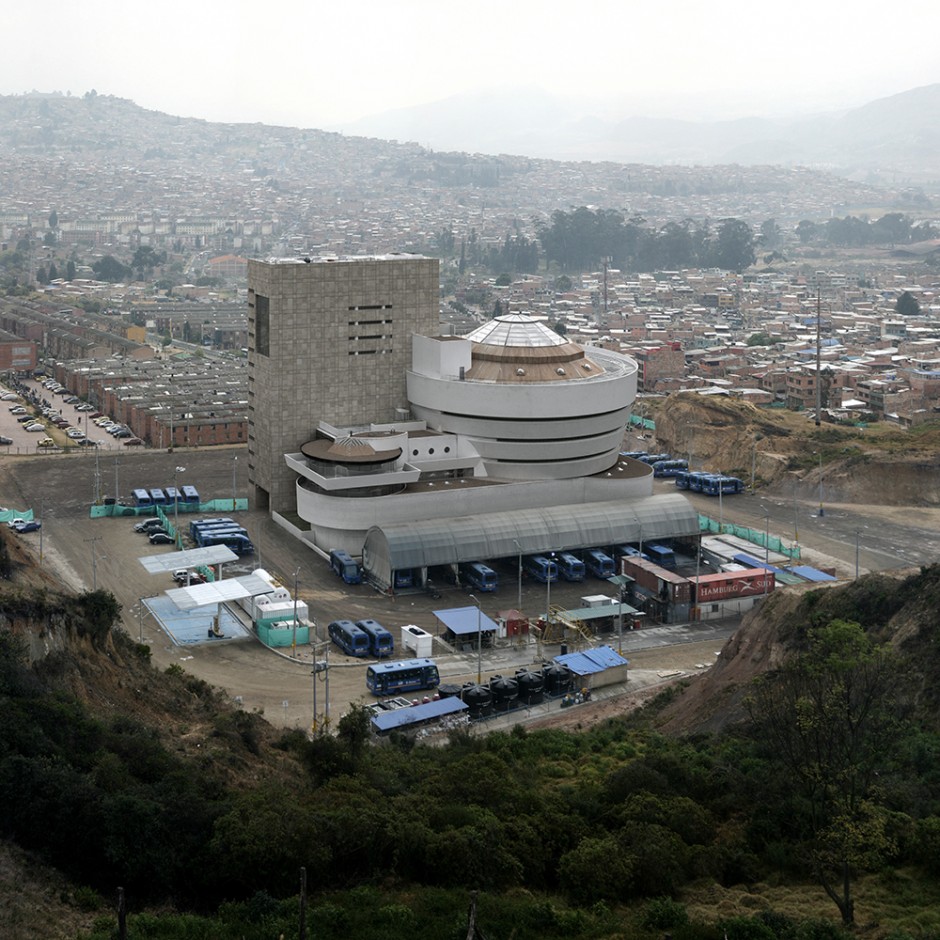
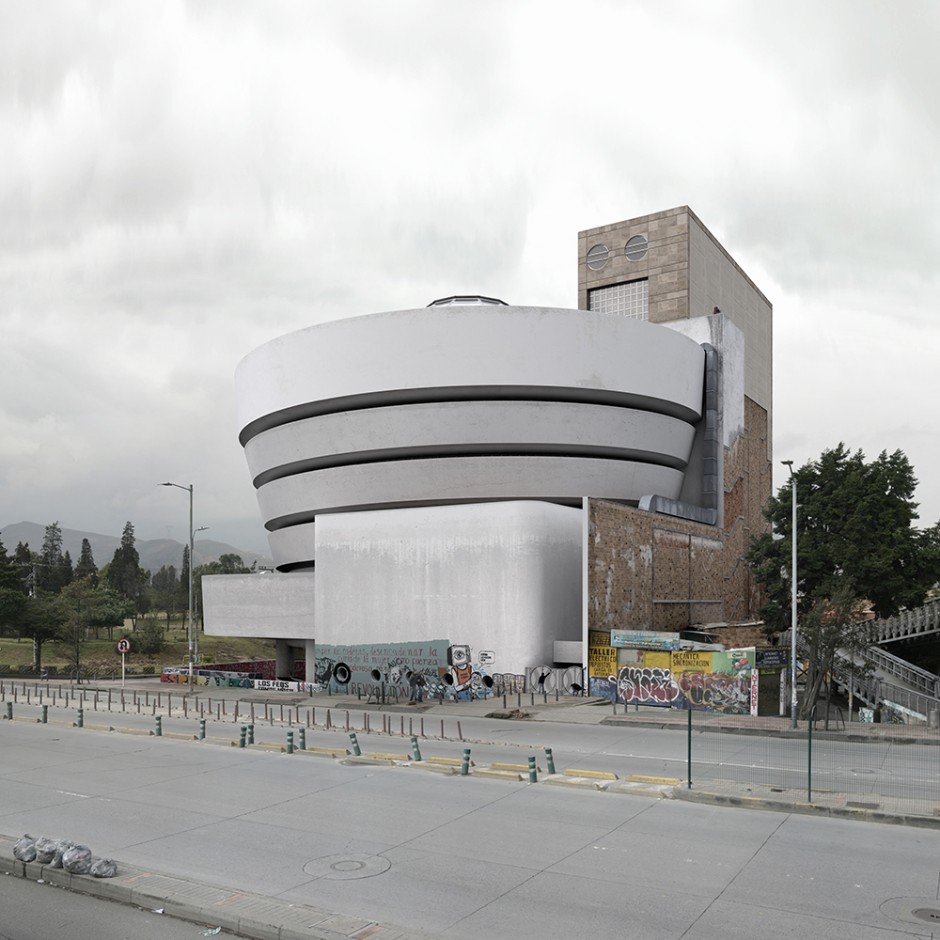
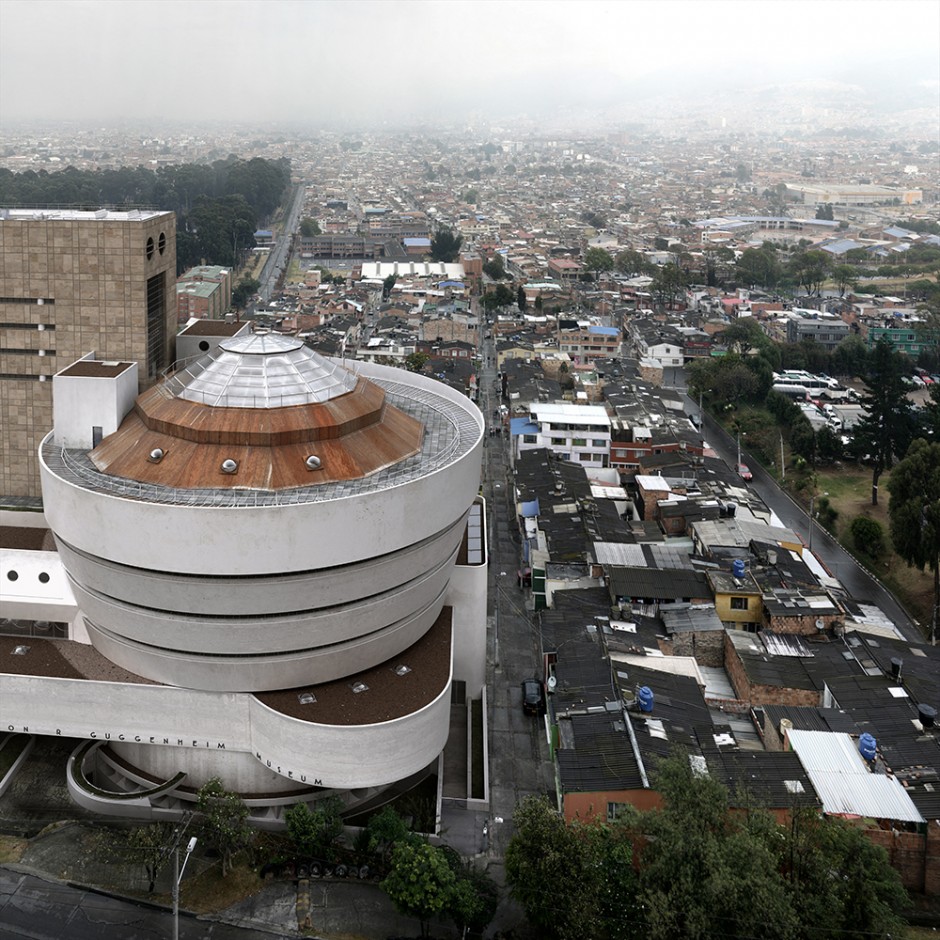
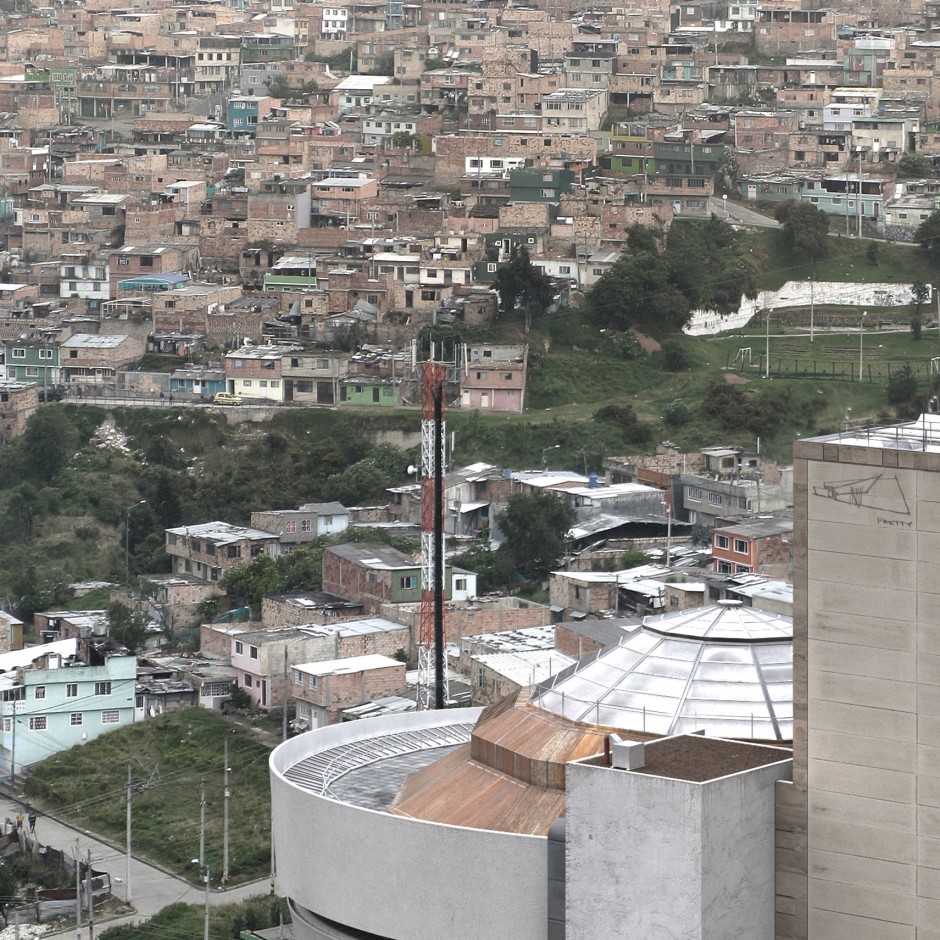
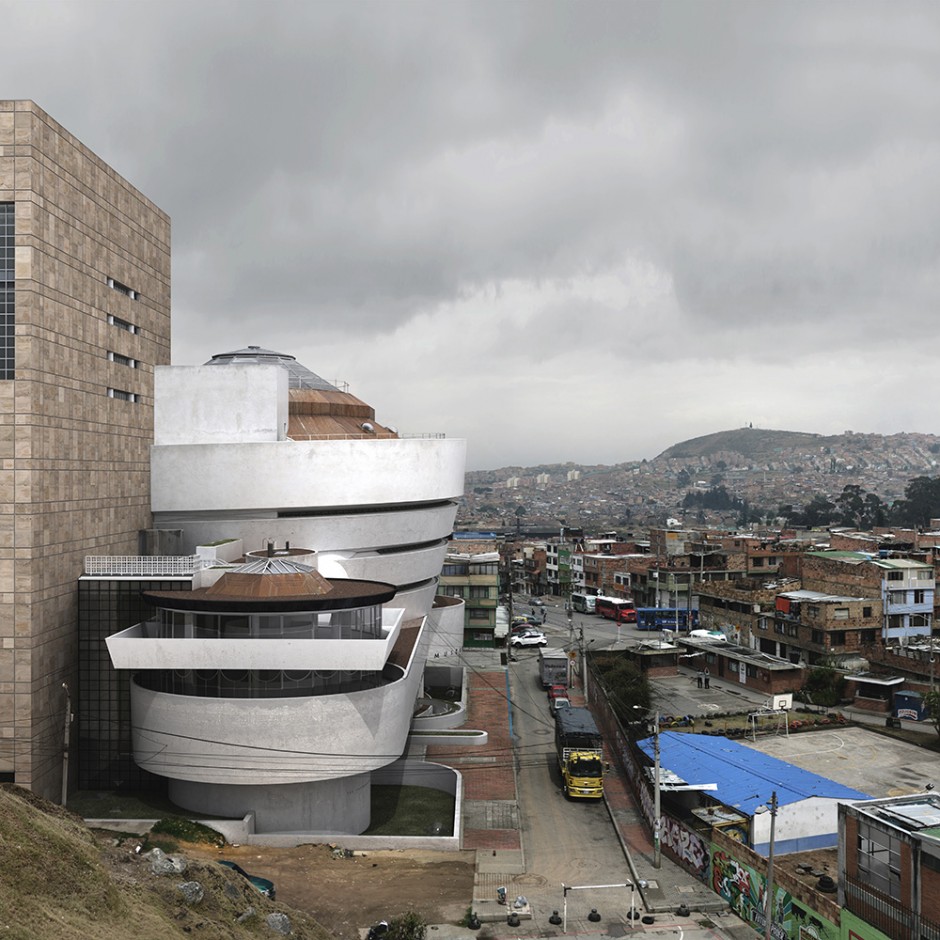

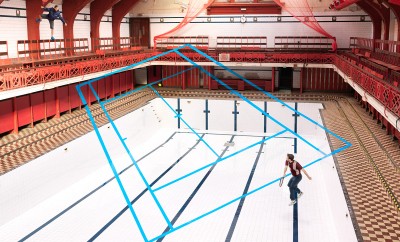
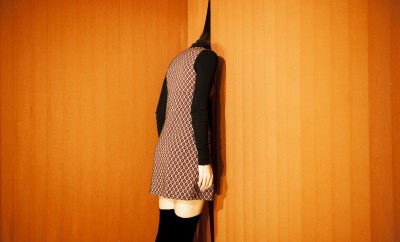

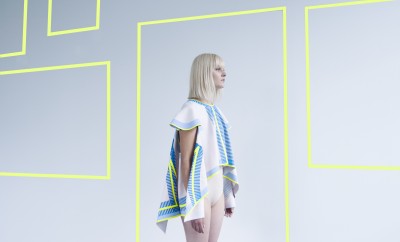
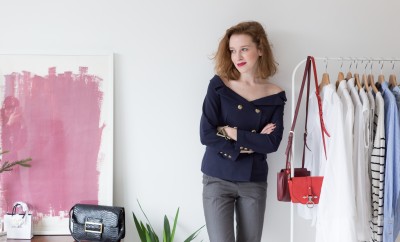
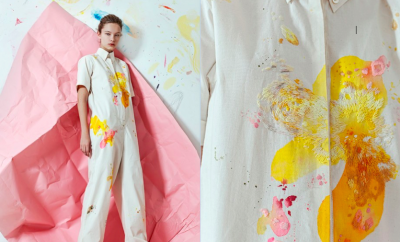
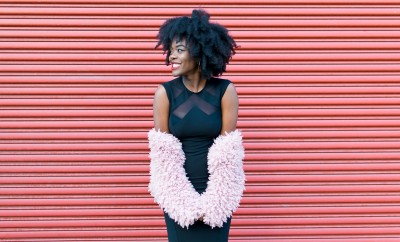

You must be logged in to post a comment Login